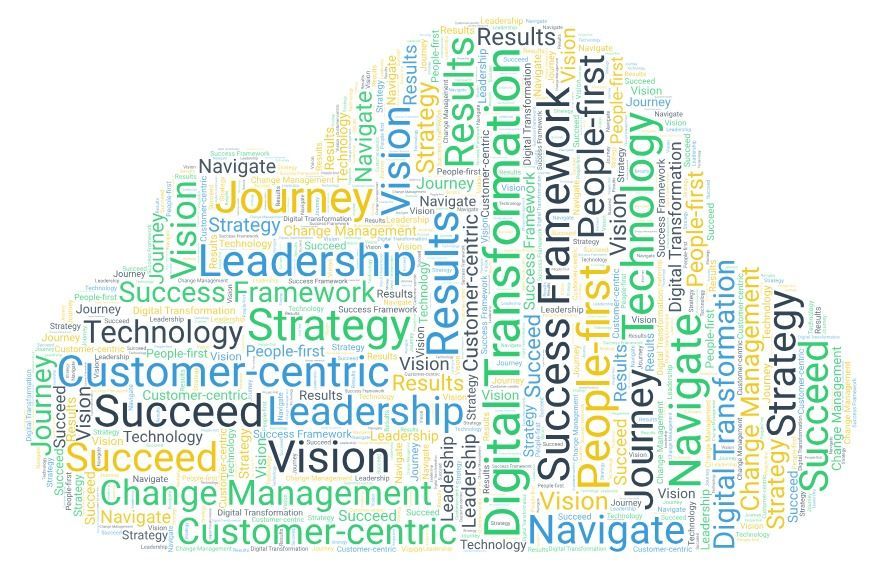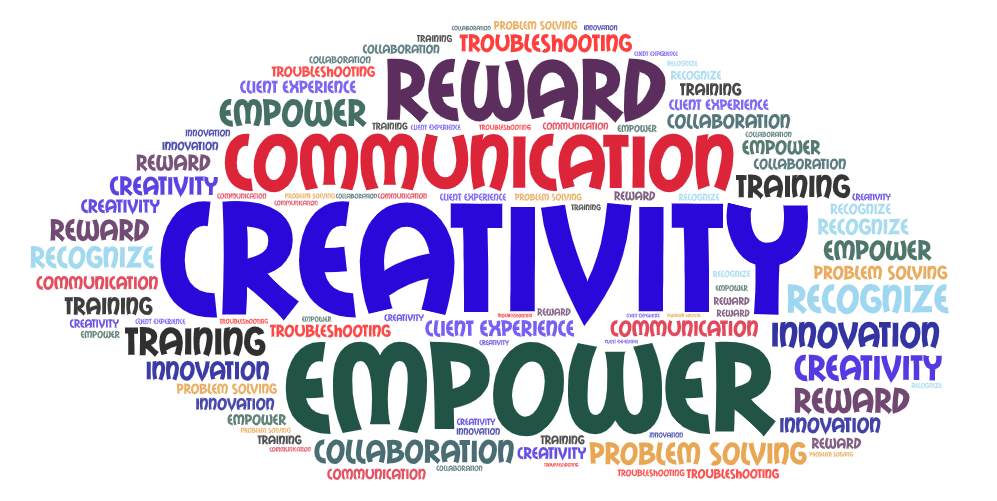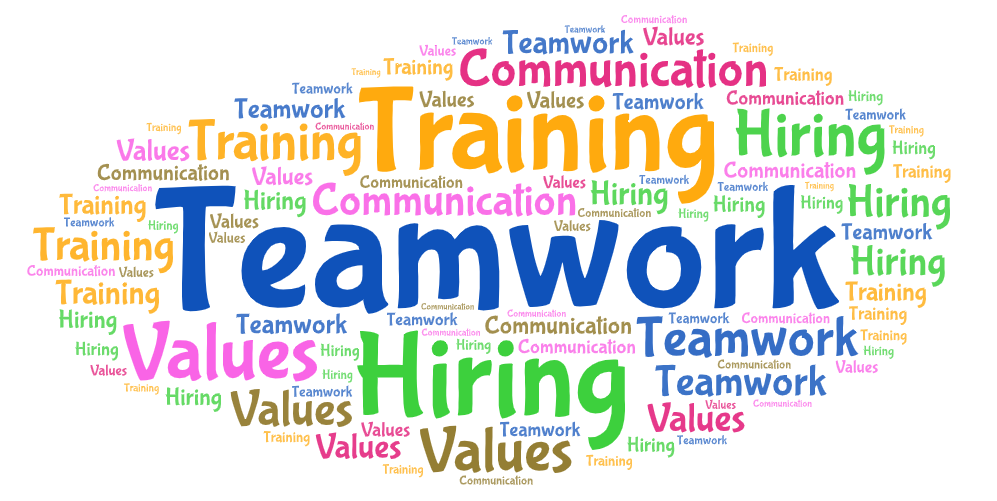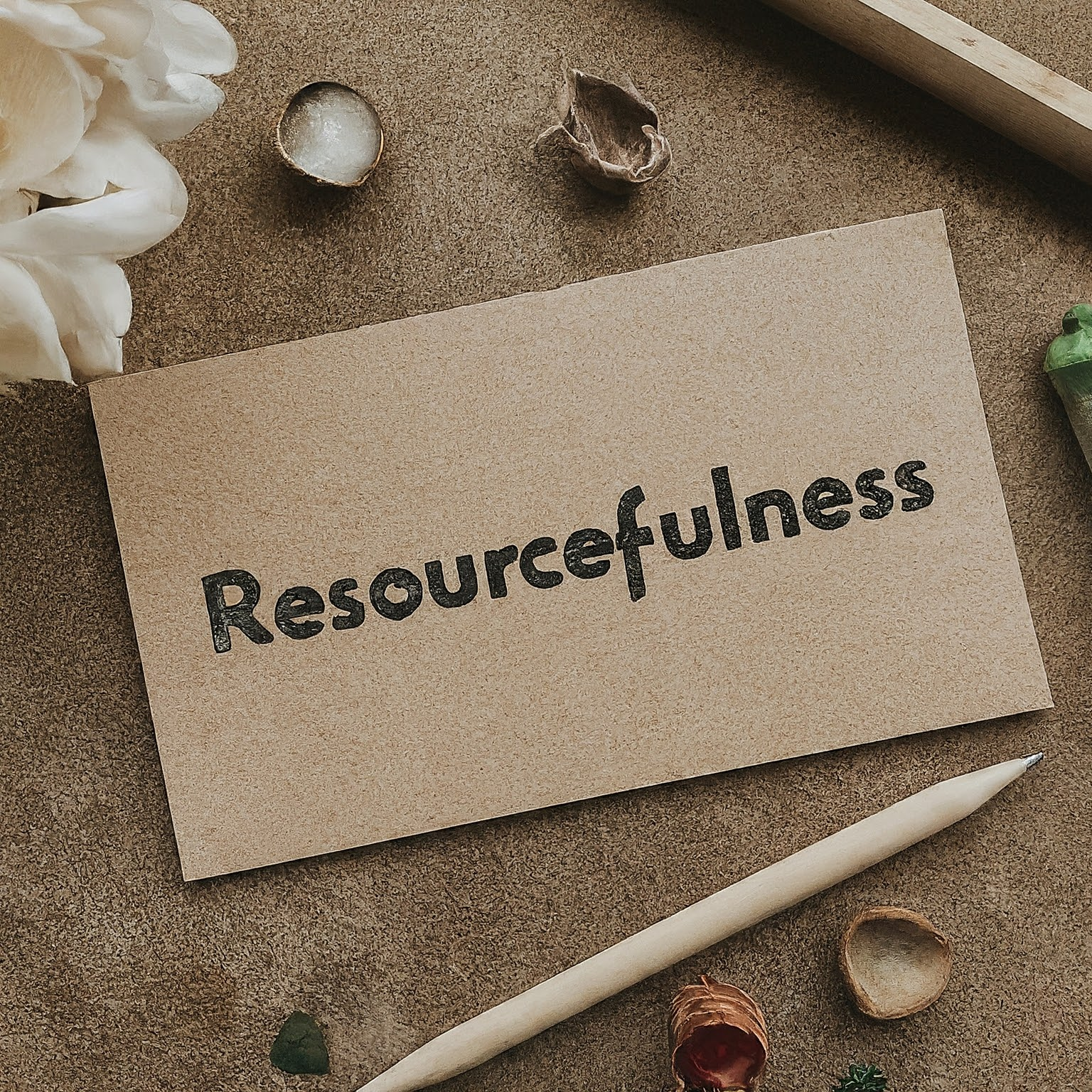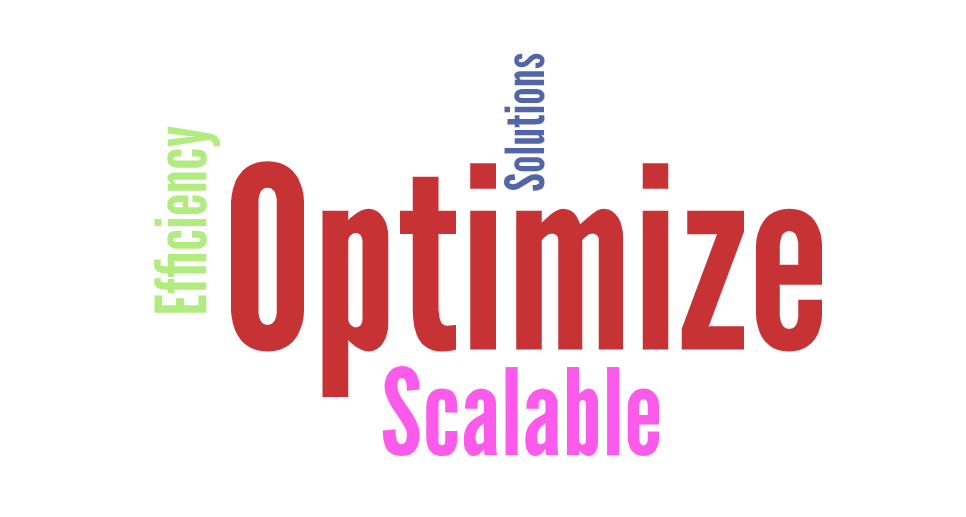The Power of Self-Service in Customer Support: Striking the Right Balance
In today’s fast-paced world, customers expect quick and efficient solutions to their problems. As businesses strive to meet these expectations, self-service has emerged as a powerful tool in the customer service space. Let’s explore what self-service is, why it matters, and how to strike the right balance between automation and human interaction.
What is Self-Service?
Self-service refers to empowering customers to find solutions to their issues independently, without relying on direct assistance from a company representative. Think of it as the gas station model: you pump your own gas, saving time and allowing the station to operate more efficiently. But self-service isn’t limited to gas stations; it’s now a crucial aspect of customer service across various industries.
The Rise of Customer Self-Service
Why should businesses invest in self-service options? Here are some compelling reasons:
- Customer Preference: According to Nuance Enterprise, 67% of customers prefer self-service options over speaking with a company representative. Customers appreciate the ability to find answers on their own terms, without waiting on hold.
- Speed and Convenience: Self-service resources—such as knowledge bases, FAQs, and online tutorials—provide fast and readily available solutions. Customers can access them at any time, day or night.
- Cost Efficiency: Implementing self-service options reduces the need for additional customer support staff. It’s a win-win: customers get quicker solutions, and businesses save on labor costs.
Striking the Balance
While self-service offers numerous benefits, it’s essential to strike a balance with human interaction. Here’s why:
The Human Touch Matters
- Empathy and Understanding: Automated systems lack the emotional intelligence that humans possess. When customers face complex or emotionally charged issues, a compassionate human touch can make all the difference.
- Complex Problems: Not all problems can be solved through self-service. Some issues require personalized attention, especially when troubleshooting intricate technical problems or handling sensitive matters.
- Building Relationships: Human interactions build trust and loyalty. A friendly conversation with a customer service representative can turn a frustrated customer into a loyal advocate for your brand.
Enhancing Automation
- 24/7 Availability: Self-service resources are available round the clock. Customers appreciate the convenience of finding answers even outside regular business hours.
- Consistency: Automated responses ensure consistency in the information provided. When customers encounter the same issue repeatedly, consistent solutions build confidence.
- Efficiency: Routine tasks—such as tracking orders, resetting passwords, or checking account balances—are best handled through self-service. This frees up human agents to focus on more complex cases.
Implementing Effective Self-Service
Here are practical steps to create an effective self-service system:
- Knowledge Base: Build a comprehensive knowledge base with articles, FAQs, and troubleshooting guides. Organize it logically and keep it up to date.
- Interactive Tutorials: Create video tutorials or step-by-step guides that walk customers through common tasks. Visual aids enhance understanding.
- Chatbots: Deploy AI-powered chatbots for instant responses. Chatbots can handle routine queries and escalate complex issues to human agents seamlessly.
Conclusion
In the evolving landscape of customer service, self-service is a powerful ally. However, it should complement—not replace—human interaction. Strive for a harmonious blend, where automation enhances efficiency while empathy and understanding remain at the core of exceptional customer experiences.
Remember, the best customer service strikes a balance between the convenience of self-service and the warmth of human connection. Your customers deserve nothing less.
1blog.hubspot.com
2userguiding.com
3hiverhq.com
